Rough and refined: Vincenzo De Cotiis’ ’Progetto Domestico’ opens at Willer
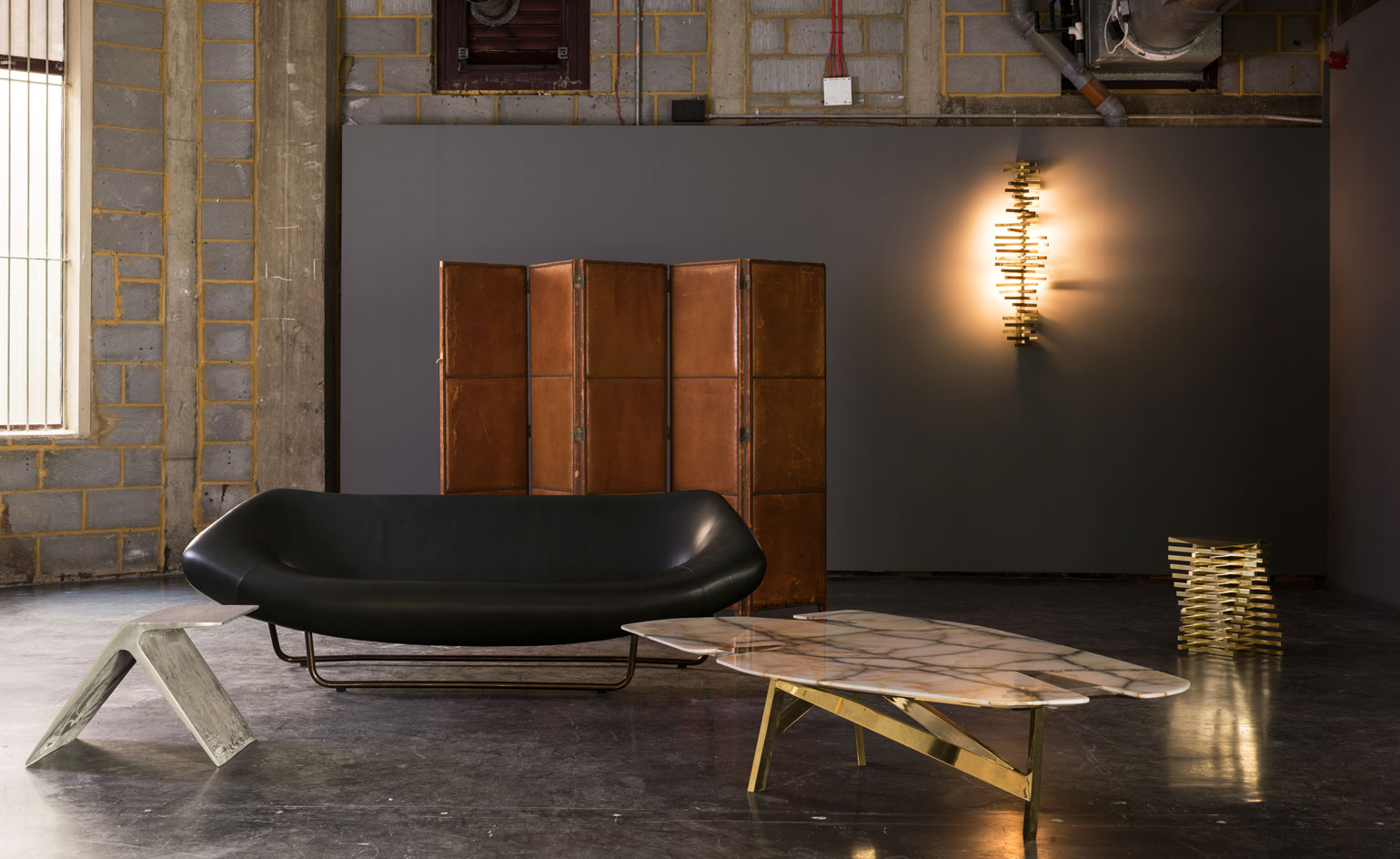
The ‘industrial elegance’ tag that has been previously given to architect Vincenzo De Cotiis’ interior undertaking, 'Progetto Domestico', has been fully demonstrated for his first UK exhibition, currently on show at London’s Willer gallery.
Willer's raw new space is a perfect home for De Cotiis’ forthright collection. Under the pipework ceiling stood many of the Italian’s remarkably luxurious yet rough pieces, experiments in aged and reclaimed matter. Natural flaws and defects are the highlight of the collection; and yet often the polished brass and abstract shapes make the pieces appear as sculptural artworks in themselves.
‘Vincenzo’s work immediately spoke to everything that I respond to in furniture and objects,’ says Rebecca Willer. The gallery’s new space on Kensington's Holland Street (around the corner from its original) has so far only hosted a set of Ty Best’s sculptural pieces. In its second exhibit in the grey-concrete location, the spotlight is shone on the exquisite features of De Cotiis’ work, many of which he has handcrafted himself. Fine textures in the onyx table are juxtaposed with the rough mesh work of his industrial wall sconces, which won a Wallpaper* Design Award earlier this year. Graphic lines were reflected in a brass wall cabinet, contrasting with the subtleties of the softly curved leather armchairs.
Willer further describes the collection as ‘furniture that is undoubtedly an art form, but which is useable, comfortable to live with, and which will just get better as it ages’. It comes as no surprise, then, that the timeless pieces will remain on show indefinitely at the Kensington gallery.

The collection, which is described as ‘industrial elegance’, is an experiment in aged and reclaimed matter
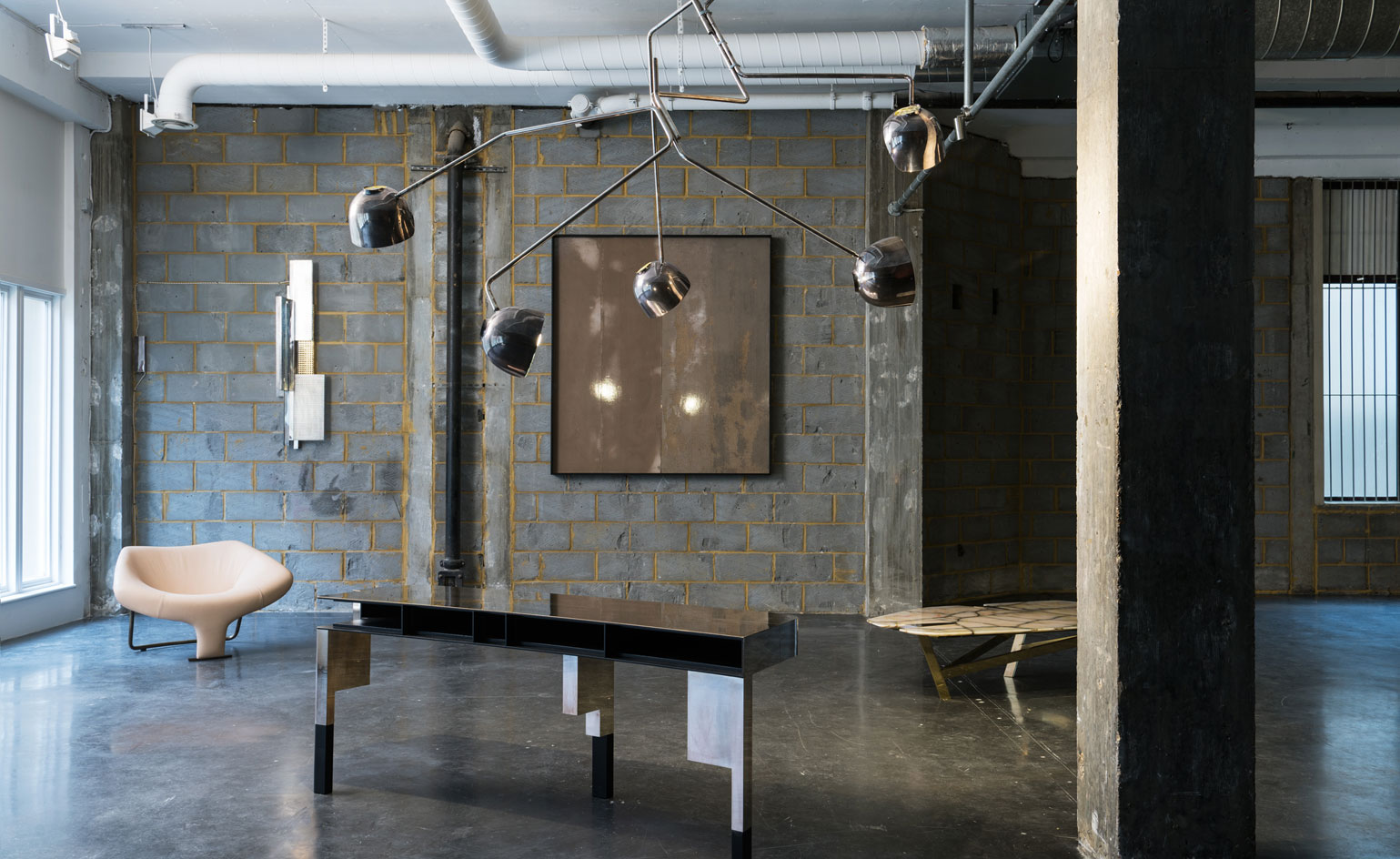
The gallery’s new Holland Street space is a perfect home for De Cotiis’ imposing collection

Natural flaws and defects are the highlight of the collection; and yet, the polished brass and abstract shapes often make the pieces appear as sculptural artworks in themselves
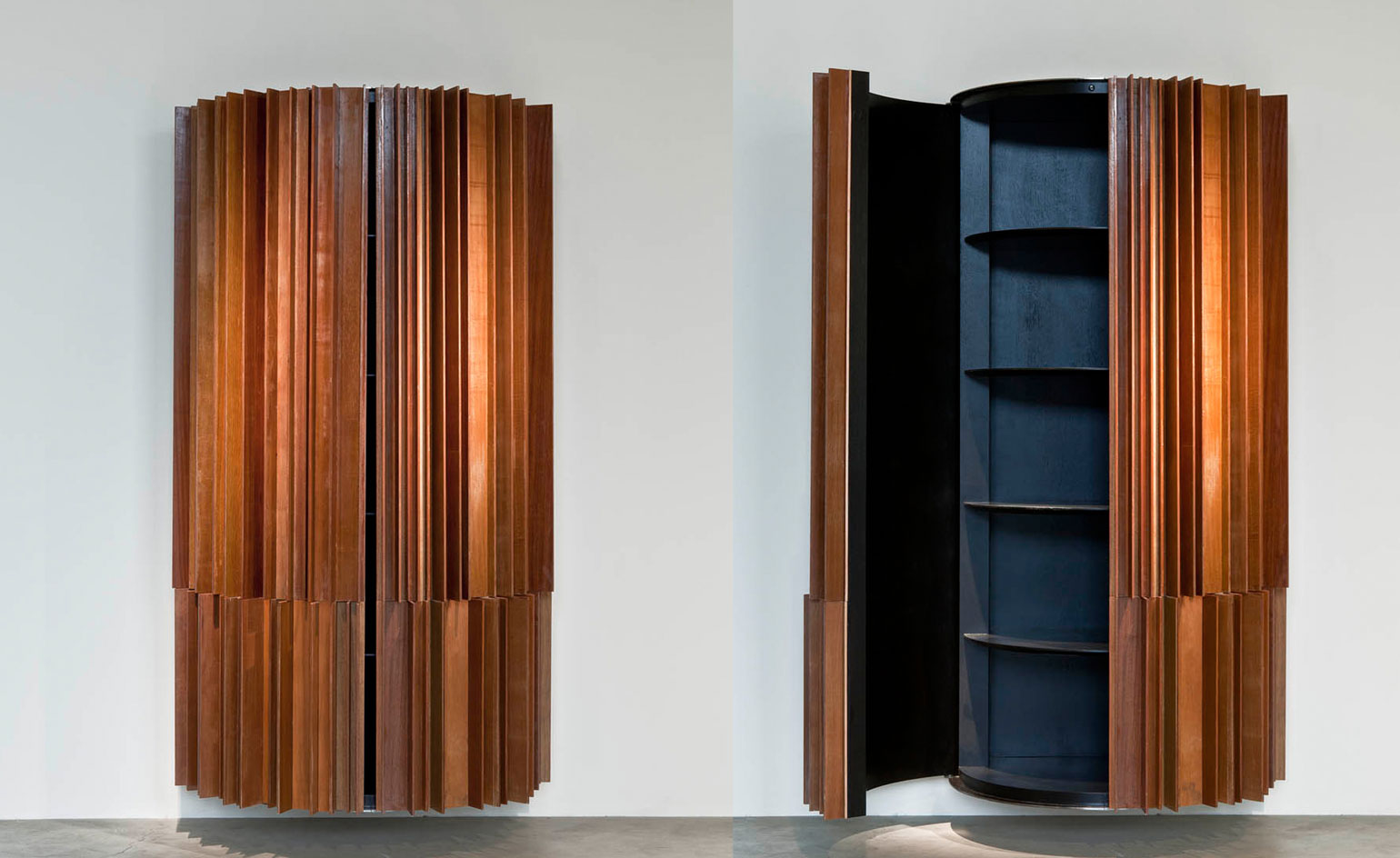
Graphic lines were reflected in a brass wall cabinet...
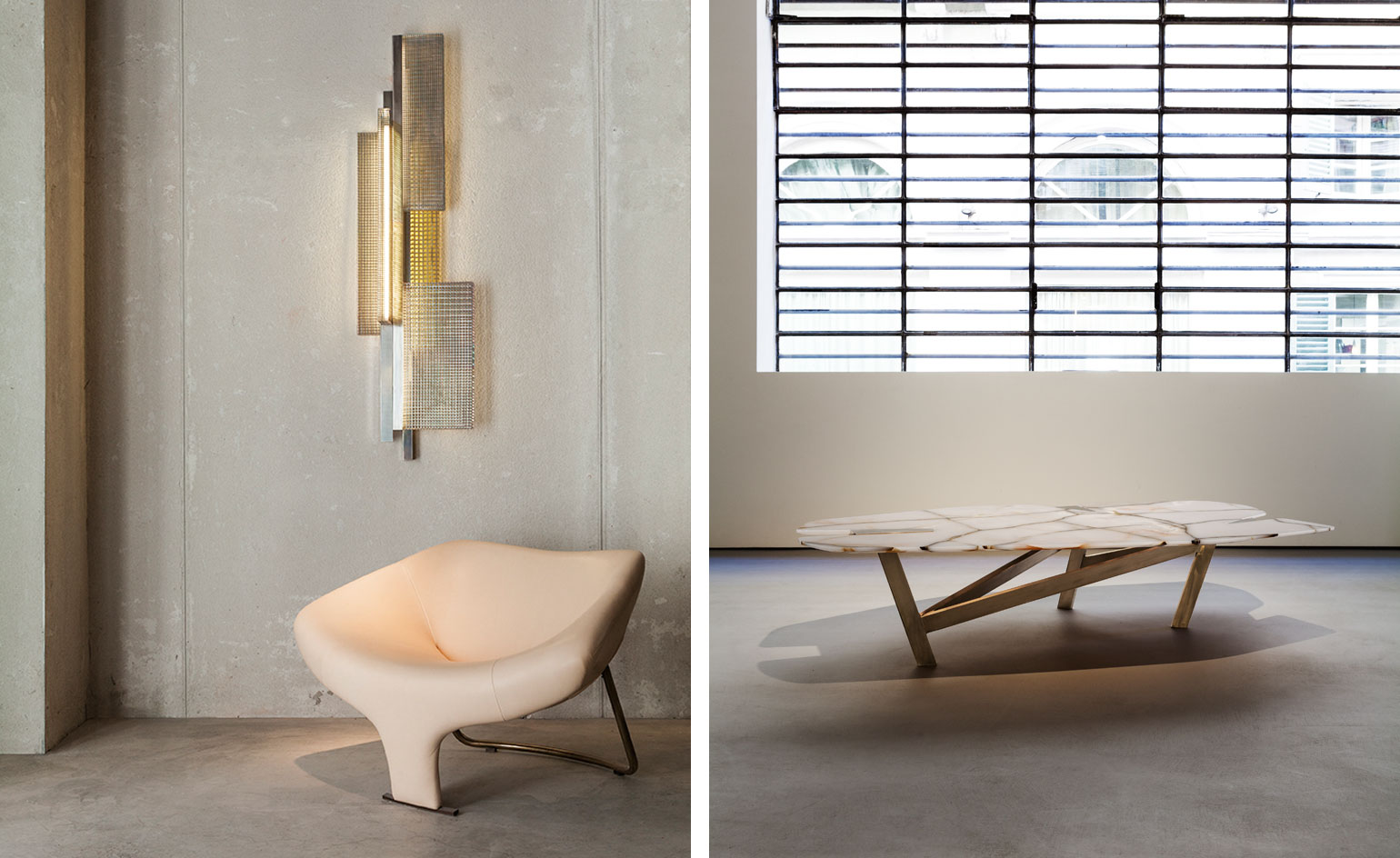
... contrasting with the subtleties of the softly curved leather armchairs
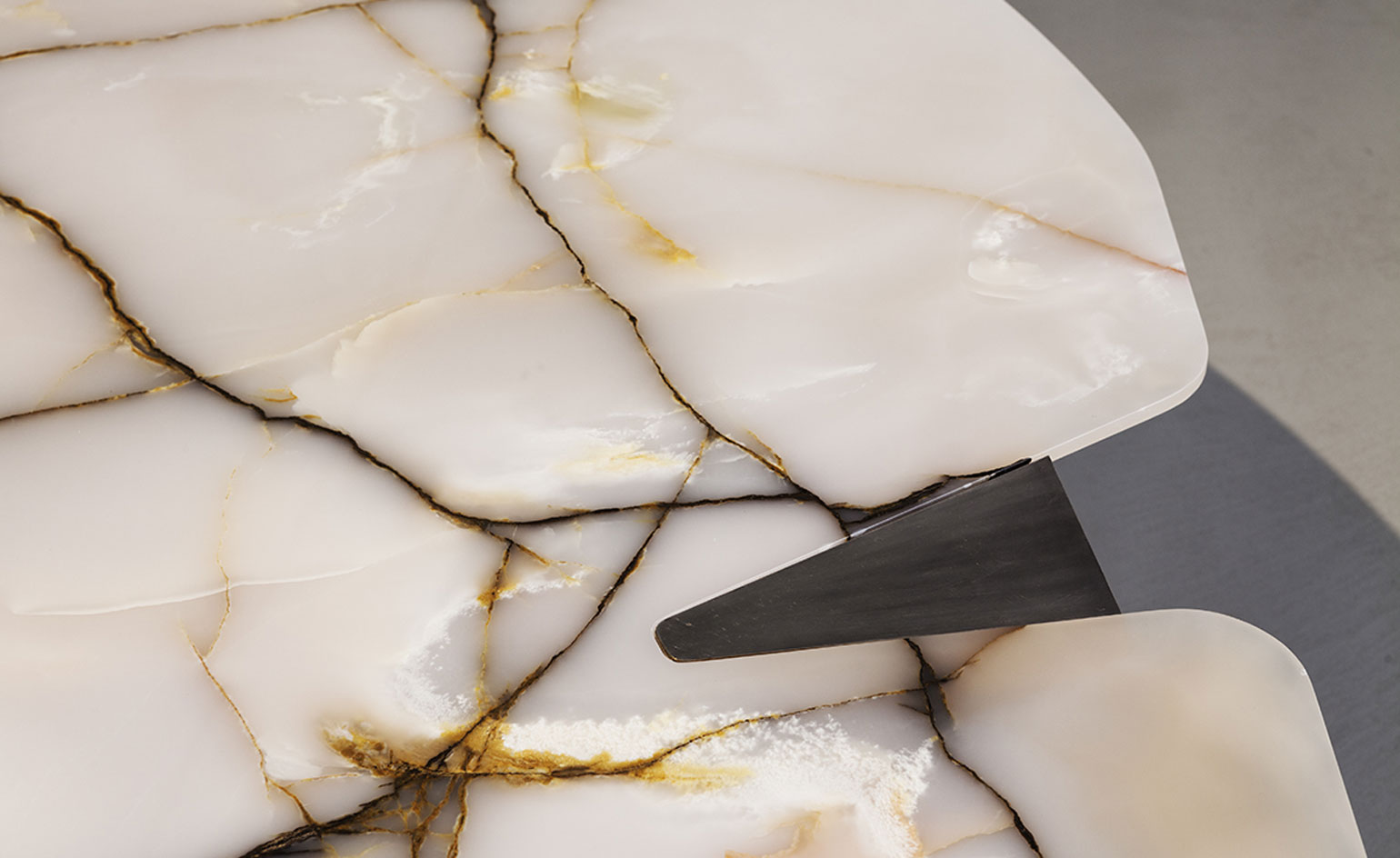
The fine textures of the onyx and brass table

Gallerist Rebecca Willer describes the collection as ‘furniture that is undoubtedly an art form, but which is useable, comfortable to live with, and which will just get better as it ages’
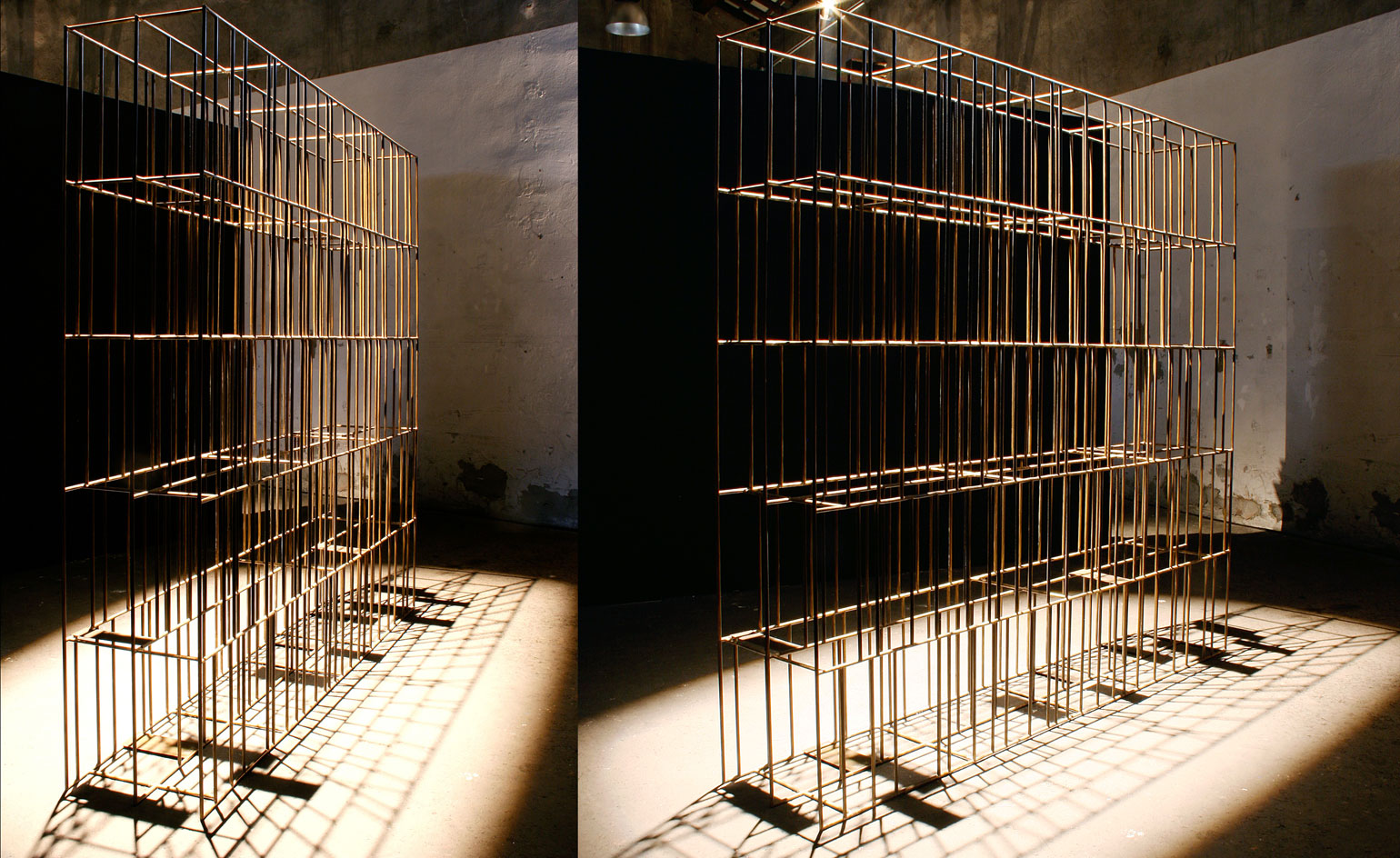
It comes as no surprise then that the timeless pieces will remain on show indefinitely at the Kensington gallery
INFORMATION
For more information, visit Willer’s website
ADDRESS
Willer
12 Holland Street
London, W8 4LT
Receive our daily digest of inspiration, escapism and design stories from around the world direct to your inbox.
Sujata Burman is a writer and editor based in London, specialising in design and culture. She was Digital Design Editor at Wallpaper* before moving to her current role of Head of Content at London Design Festival and London Design Biennale where she is expanding the content offering of the showcases. Over the past decade, Sujata has written for global design and culture publications, and has been a speaker, moderator and judge for institutions and brands including RIBA, D&AD, Design Museum and Design Miami/. In 2019, she co-authored her first book, An Opinionated Guide to London Architecture, published by Hoxton Mini Press, which was driven by her aim to make the fields of design and architecture accessible to wider audiences.
-
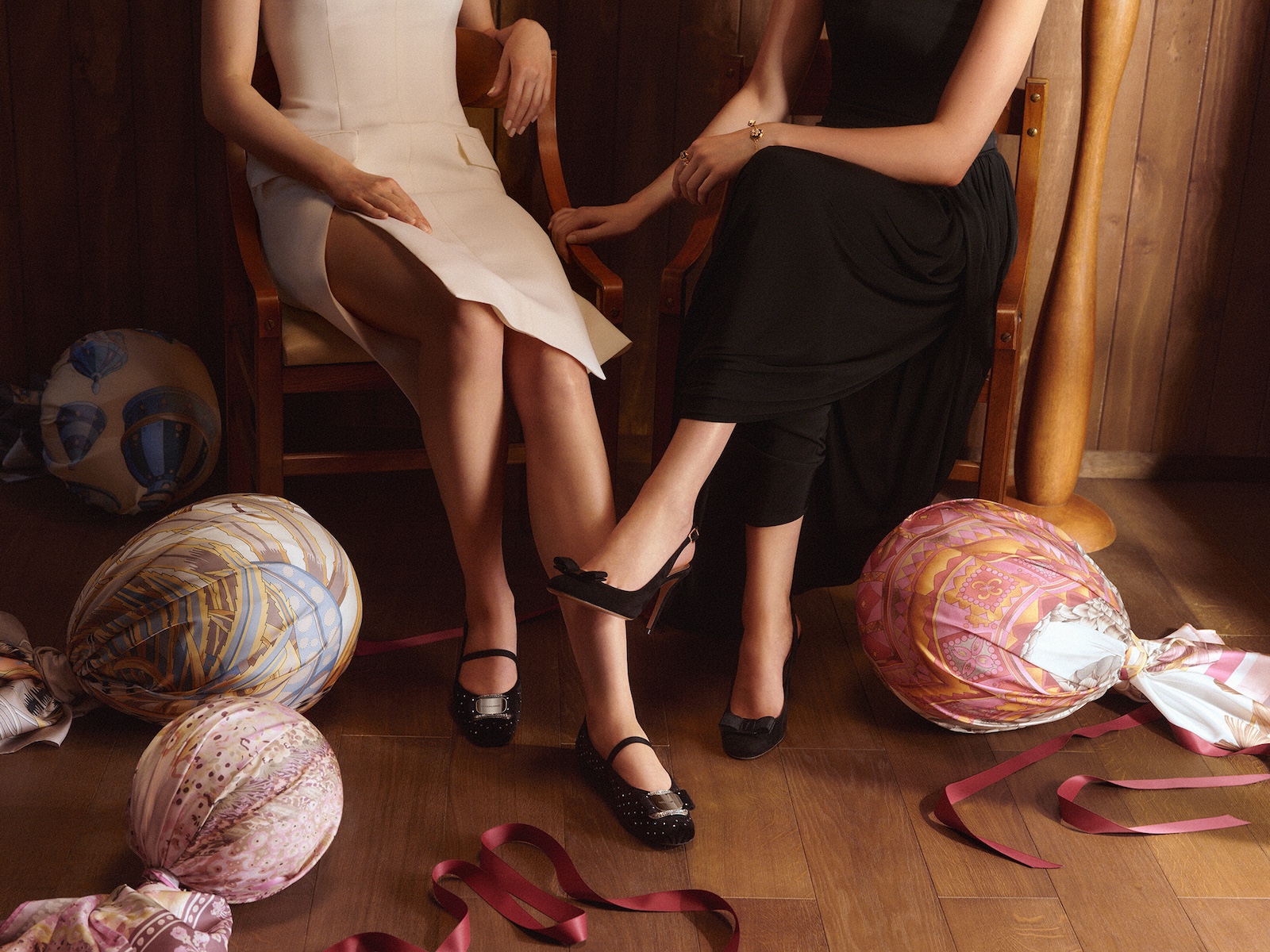 Ferragamo gifts come imbued with glamour and nostalgia this season
Ferragamo gifts come imbued with glamour and nostalgia this seasonIn a series of short films and images, the Italian fashion house celebrates gift-giving and offers an array of wishlist-worthy examples, from bags to shoes and scarves
-
 How Charles and Ray Eames combined problem solving with humour and playfulness to create some of the most enduring furniture designs of modern times
How Charles and Ray Eames combined problem solving with humour and playfulness to create some of the most enduring furniture designs of modern timesEverything you need to know about Charles and Ray Eames, the American design giants who revolutionised the concept of design for everyday life with humour and integrity
-
 Why are the most memorable watch designers increasingly from outside the industry?
Why are the most memorable watch designers increasingly from outside the industry?Many of the most striking and influential watches of the 21st century have been designed by those outside of the industry’s mainstream. Is it only through the hiring of external designers that watch aesthetics really move on?
-
 Illustrated life: the first in our new series of deftly drafted dream homes
Illustrated life: the first in our new series of deftly drafted dream homes -
 Leading light: Armani/Casa dispatches a bright envoy to mark the launch of its new Milan store
Leading light: Armani/Casa dispatches a bright envoy to mark the launch of its new Milan store